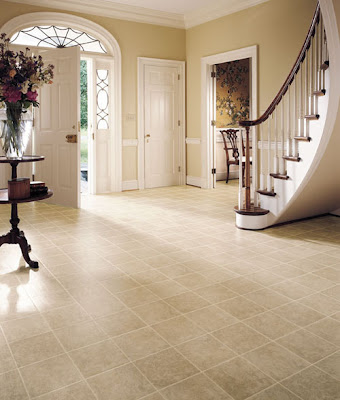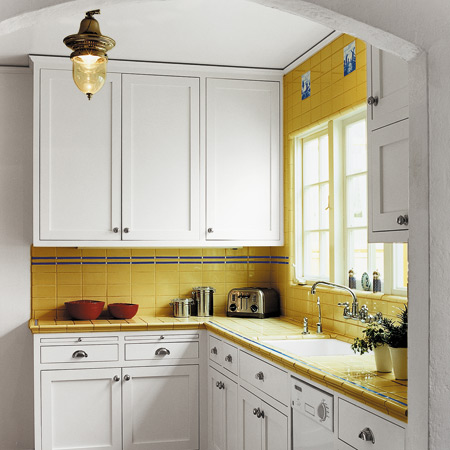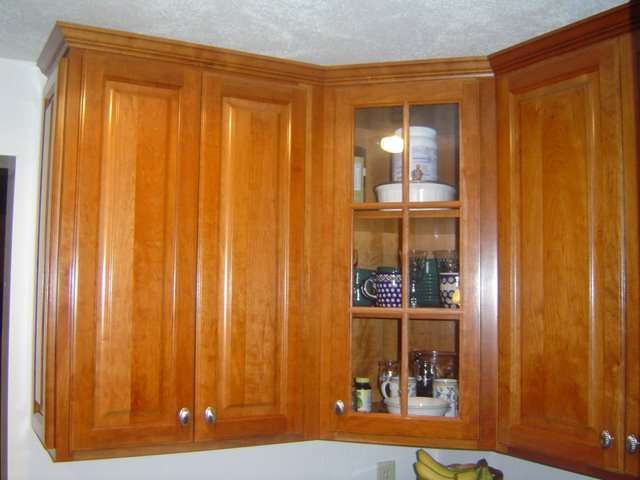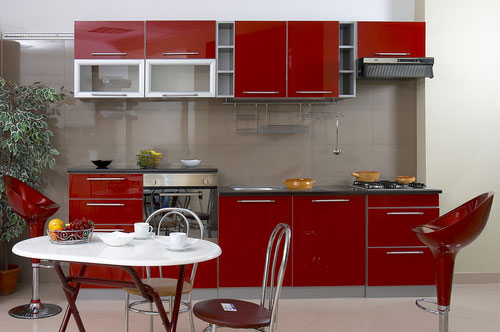Theodore Cafe Bistro, Israel
The Theodore Cafe Bistro (Israel) not only creates exquisite culinary atmosphere, but also gives visitors the opportunity to enjoy art, literature and musical interior design accents.
Architects: SO Architecture
Photos: Asaf Oren
Small kitchen design ideas
maximize your Small kitchen design ideas space to create the small but efficient kitchen design. You need to work on three main areas of small kitchen design: storage, lighting, and equipment. small kitchen design should be both functional and comfortable. Help create a bright and white surfaces is considered a small space in the kitchen added. Many shades of bright colors help create a greater perception of space. With your kitchen cabinets white kitchen sure to look very beautiful. In addition, the white color will help your kitchen look bigger and broader.
Efficient kitchen is one that allows easy movement and adequate space for the sink, counter area for food preparation cooking, cutting and chopping, and. The most popular form of kitchen kitchen kitchen kitchen two-way, L-shaped kitchen and the U shaped kitchen.
Mexican restaurant La Condesa, Austin, USA (+plan)
This mexican restaurant La Condesa (Austin, USA) was nominated for a 2010 James Beard Award for Best New Restaurant in the country. Engaging and comfortable space created by contrast of industrial materials with fabric and wood.
Architects: Michael Hsu Office of Architecture
Photos: Paul Bardagjy
Mexican restaurant La Condesa, Austin, USA (+plan)
Small Kitchen Designs
If you have a small room for a kitchen it may at first seem to be very difficult when you want to design your own kitchen to your personal preferences. But remember that a functional kitchen does not rely just on the kitchen floor design, where everything has to fit into tight corners to make the most of the available space.
One simple but effective idea is to put an island in or near the centre of the room. These provide great storage as well a convenient and handy workspace. Kitchen island designs automatically create more space, as they are usually placed in the centre of the kitchen it also gives you easy access all the way around.
With a little thought you could even incorporate something like a breakfast bar as part of your kitchen island design. And don’t forget that you are not just limited to a square or rectangle for your kitchen island, it could be round or oval or any shape that will fit into your kitchen floor design.
As well as the actual design there are also many kitchen appliances available these days that come in smaller sizes, especially designed for the smaller kitchen. Things like refrigerators are available that are only twenty four inches deep as apposed to the usual thirty inch deep models. And don’t forget things like microwave ovens that will fit easily onto a worktop below overhead cabinets.
Also think about hanging your pots and pans on a rack over your kitchen island. This not only makes them more accessible and easier to get at when needed but will also drastically cut down on the amount of cupboard space that they take up. And its not just pots and pans that can be hung on racks, you can also hang up things like cooking utensils, oven gloves, and anything else that you use often. This way you don’t have to go searching through cluttered drawers just to find one item.
Lighting is another important part of the décor to think about when you design your own kitchen. With the proper kind of lighting it can create the illusion of a bigger room. There are lots of different types of lighting available these days, so you no longer have to put up with a fluorescent strip light or glaring 100 watt bulbs. The simple use of dimmer switches can give you a greater flexibility for different lighting moods.
One simple but effective idea is to put an island in or near the centre of the room. These provide great storage as well a convenient and handy workspace. Kitchen island designs automatically create more space, as they are usually placed in the centre of the kitchen it also gives you easy access all the way around.
With a little thought you could even incorporate something like a breakfast bar as part of your kitchen island design. And don’t forget that you are not just limited to a square or rectangle for your kitchen island, it could be round or oval or any shape that will fit into your kitchen floor design.
As well as the actual design there are also many kitchen appliances available these days that come in smaller sizes, especially designed for the smaller kitchen. Things like refrigerators are available that are only twenty four inches deep as apposed to the usual thirty inch deep models. And don’t forget things like microwave ovens that will fit easily onto a worktop below overhead cabinets.
Also think about hanging your pots and pans on a rack over your kitchen island. This not only makes them more accessible and easier to get at when needed but will also drastically cut down on the amount of cupboard space that they take up. And its not just pots and pans that can be hung on racks, you can also hang up things like cooking utensils, oven gloves, and anything else that you use often. This way you don’t have to go searching through cluttered drawers just to find one item.
Lighting is another important part of the décor to think about when you design your own kitchen. With the proper kind of lighting it can create the illusion of a bigger room. There are lots of different types of lighting available these days, so you no longer have to put up with a fluorescent strip light or glaring 100 watt bulbs. The simple use of dimmer switches can give you a greater flexibility for different lighting moods.
Interior Flooring Designs | Flooring Ideas
Interior Flooring Designs











Tiles are a type of hard flooring and are available in a wide range of natural and man-made materials. Ceramic tiles, mosaics, slate and marble are just some of the choices available and each come with their own pros and cons. The main advantage of tiles is that they are extremely hard wearing and if well maintained will last a very long time. As they are waterproof they are well suited to areas such as bathrooms and utility rooms and being easy to clean are also ideal for kitchens. However, tiles can be cold underfoot and can be slippery when wet so are not suited where older people or children are present. If they have an intricate pattern they can be difficult to fit as well as being expensive and semi-permanent. They are also noisy and require other softer surfaces to reduce the amount of echo in a room.
Wooden floors are also classed as hard flooring but being softer than tiles they are also warmer underfoot. With the huge range of natural tones available they can help create a warm and homely feeling and although they can be noisy, if ‘sprung’ it can help to reduce noise and add bounce to the floor. The downside of wooden floors is that they are usually manufactured from softwoods and therefore can dent easily especially by the heels of shoes. Wooden floors are therefore best suited to rooms that do not receive heavy wear such as bedrooms.
Carpets are classed as soft flooring and by their very nature create a sense of warmth and comfort. They can feel luxurious underfoot and are good for hiding stains and dirt. Heavily patterned carpets however, can make a room seem smaller and will date easily. Plain carpets on the other can make a room seem larger by creating a sense of space. As well as being warm, carpets also help to reduce noise whilst providing insulation by guarding against heat loss through the floor.
Wooden floors are also classed as hard flooring but being softer than tiles they are also warmer underfoot. With the huge range of natural tones available they can help create a warm and homely feeling and although they can be noisy, if ‘sprung’ it can help to reduce noise and add bounce to the floor. The downside of wooden floors is that they are usually manufactured from softwoods and therefore can dent easily especially by the heels of shoes. Wooden floors are therefore best suited to rooms that do not receive heavy wear such as bedrooms.
Carpets are classed as soft flooring and by their very nature create a sense of warmth and comfort. They can feel luxurious underfoot and are good for hiding stains and dirt. Heavily patterned carpets however, can make a room seem smaller and will date easily. Plain carpets on the other can make a room seem larger by creating a sense of space. As well as being warm, carpets also help to reduce noise whilst providing insulation by guarding against heat loss through the floor.
Subscribe to:
Comments (Atom)


























